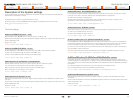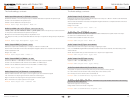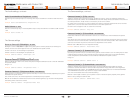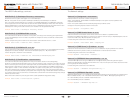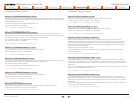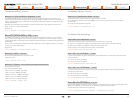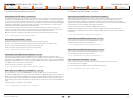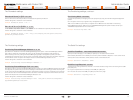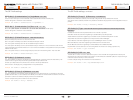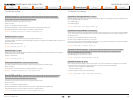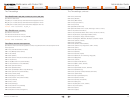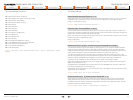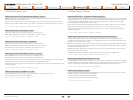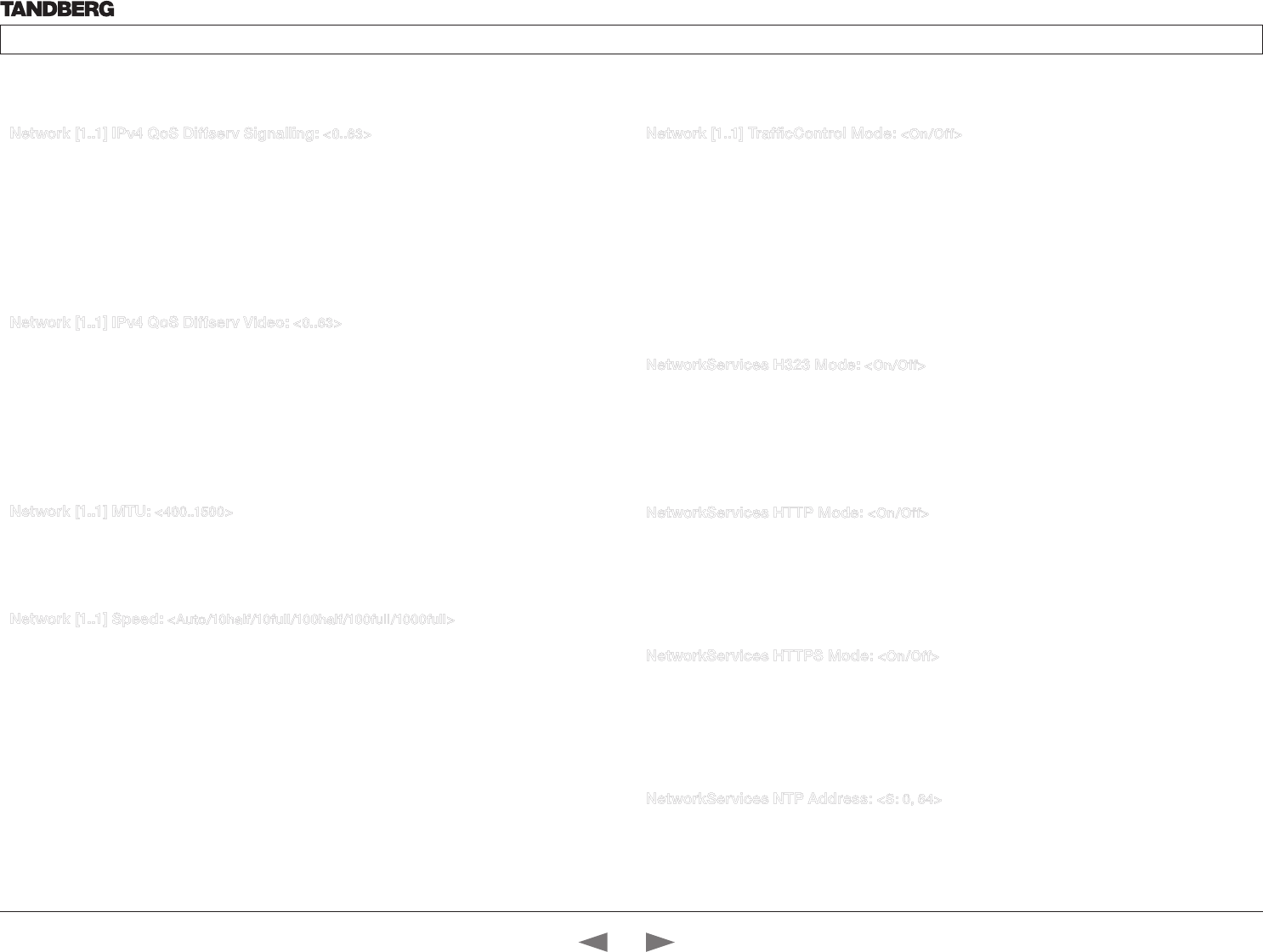
D14324.04—DECEMBER 2009
35
Profile series with Codec C60
Administrator Guide
Contents Introduction Getting started About the menus The settings menu Settings Library Cameras Appendices Contact us
Network [1..1] IPv4 QoS Diffserv Signalling: <0..63>
The DiffServ Signalling setting is used to define which priority Signalling packets should have in an IP
network. Enter a priority, which ranges from 0 to 63 for the packets. The higher the number, the higher the
priority. These priorities might be overridden when packets are leaving the network controlled by the local
network administrator.
Signalling: A recommended value is DiffServ Code Point (DSCP) AF31 which equals the value 26. If in
doubt, contact your network administrator.
Range: 0-63
Example: Network 1 IPv4 QoS Diffserv Signalling: 0
Network [1..1] IPv4 QoS Diffserv Video: <0..63>
The DiffServ Video setting is used to define which priority Video packets should have in an IP network.
Enter a priority, which ranges from 0 to 63 for the packets. The higher the number, the higher the priority.
These priorities might be overridden when packets are leaving the network controlled by the local network
administrator.
Video: A recommended value is DiffServ Code Point (DSCP) AF41, which equals the value 34. If in doubt,
contact your network administrator.
Range: 0-63
Example: Network 1 IPv4 QoS Diffserv Video: 0
Network [1..1] MTU: <400..1500>
Set the ethernet MTU (Maximum Transmission Unit).
Range: 400-1500
Example: Network 1 MTU: 1500
Network [1..1] Speed: <Auto/10half/10full/100half/100full/1000full>
Set the ethernet link speed.
Auto: Autonegotiate link speed.
10half: Force link to 10Mbps half-duplex.
10full: Force link to 10Mbps full-duplex.
100half: Force link to 100Mbps half-duplex.
100full: Force link to 100Mbps full-duplex.
1000full: Force link to 1Gbps full-duplex.
Example: Network 1 Speed: Auto
Network [1..1] TrafficControl Mode: <On/Off>
Configure how video packets transmission speed shall be controlled.
On: Transmit video packets at maximum 20Mbps. Can be used to smooth out bursts in the outgoing
network traffic.
Off: Transmit video packets at link speed.
Example: Network 1 TrafficControl: On
The Network Services settings
The Network settings, continued... The Network settings, continued...
NetworkServices H323 Mode: <On/Off>
Determines whether the system should be able to place and receive H.323 calls.
On: Set to On to enable the possibility to place and receive H.323 calls.This is the default setting.
Off: Set to Off to disable the possibility to place and receive H.323 calls.
NOTE! Changes in this setting requires the codec to be restarted.
Example: NetworkServices H323 Mode: On
NetworkServices HTTP Mode: <On/Off>
HTTP is a web-interface for system management, call management such as call transfer, diagnostics and
software uploads.
On: The HTTP protocol is enabled.
Off: The HTTP protocol is disabled.
Example: NetworkServices HTTP Mode: On
NetworkServices HTTPS Mode: <On/Off>
HTTPS is a Web protocol that encrypts and decrypts user page requests as well as the pages that are
returned by the Web server.
On: The HTTPS protocol is enabled.
Off: The HTTPS protocol is disabled.
Example: NetworkServices HTTPS Mode: On
NetworkServices NTP Address: <S: 0, 64>
Enter the NTP Address to define the network time protocol server address. This address will be used if NTP
Mode is set to Manual, or if set to Auto and no address is supplied by a DHCP server.
Format: String with a maximum of 64 characters.
Example: NetworkServices NTP Address: “1.tandberg.pool.ntp.org”
Contents
Introduction
Getting started
About the menus
The Settings menu
The Settings library
Cameras
Appendices
Contact us
The Settings library




